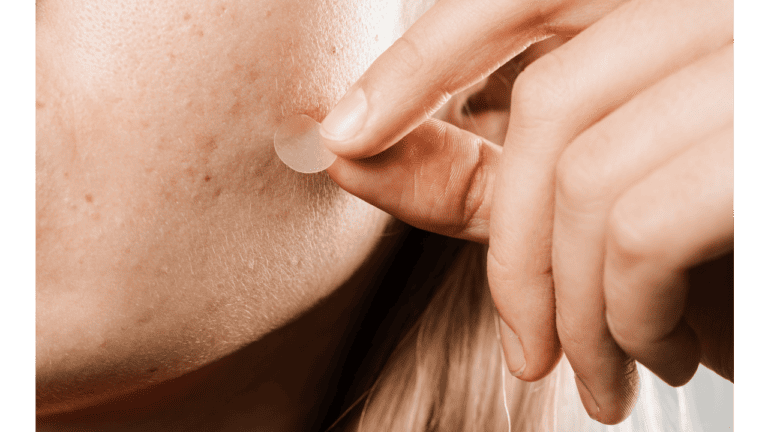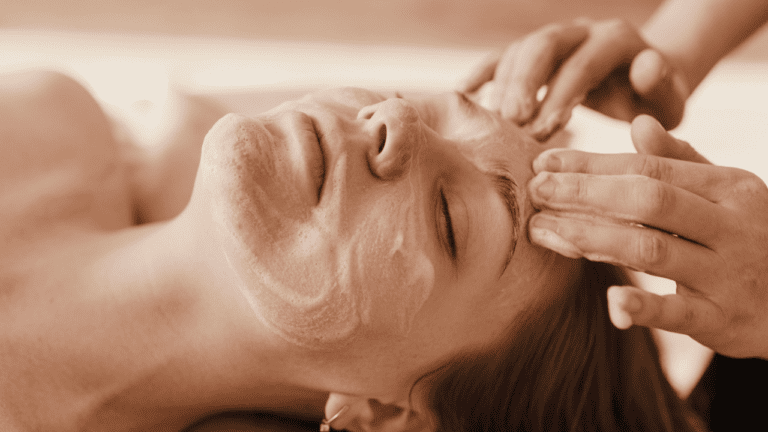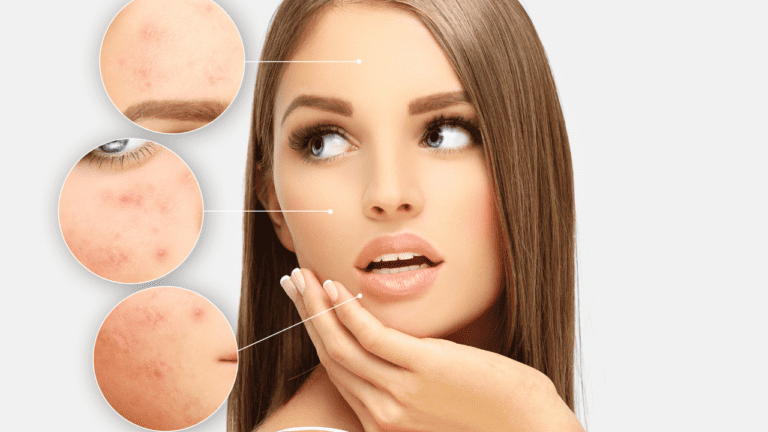Sensitive skin is a common concern for many, often characterized by irritation, redness, and discomfort. Amidst various treatment options, red light therapy emerges as a promising solution. This article delves into its benefits and necessary precautions, aiming to provide a comprehensive guide for those exploring this innovative approach.
Key Takeaways
- Red light therapy offers a non-invasive, gentle treatment option for sensitive skin, reducing inflammation and promoting healing.
- It’s essential to use red light therapy cautiously, starting with short sessions and using appropriate equipment, especially for sensitive skin.
- Consulting with a dermatologist and understanding both the benefits and potential risks are crucial steps before incorporating red light therapy into your skincare routine.
Defining Sensitive Skin

Understanding sensitive skin is crucial for effective management. Characterized by heightened reactions to environmental factors, products, or stress, it often manifests as rosacea, itching, and burning sensations. Identifying these symptoms is the first step towards tailored skincare.
- Read More: Soothing Rosacea With Red Light Therapy
Symptoms and Triggers
Sensitive skin symptoms range from mild irritation to severe discomfort. Common triggers include certain skincare products, extreme temperatures, and environmental pollutants. Recognizing these triggers is essential in minimizing adverse reactions.
Benefits of Red Light Therapy for Sensitive Skin
Red light therapy, known for its healing properties, offers significant benefits for sensitive skin. Its non-invasive nature makes it an appealing option for those seeking gentle yet effective treatments.
Mechanism of Action
The therapy works by emitting low-level red wavelengths, penetrating the skin to stimulate cellular repair and blood circulation. This process aids in reducing inflammation and promoting skin rejuvenation, making it particularly beneficial for sensitive skin.
Scientific Backing
Numerous studies corroborate the efficacy of red light therapy in skin care. Its ability to soothe irritation and enhance skin health is supported by research, reinforcing its suitability for sensitive skin.
Precautions and Safety Measures

While red light therapy is generally safe, certain precautions are necessary, especially for sensitive skin. Awareness of these safety measures ensures a beneficial and harm-free experience.
Risk Assessment
Prior to beginning treatment, understanding potential risks is crucial. Consulting with a dermatologist can provide personalized advice, ensuring that the therapy aligns with your skin’s specific needs.
Proper Usage Guidelines
Adhering to recommended usage guidelines, such as duration and frequency of treatment, is essential. Overexposure may lead to unintended consequences, so following expert guidelines is key for optimal results.
Guidelines for Using Red Light Therapy with Sensitive Skin

Incorporating red light therapy into a skincare routine requires careful consideration. The following guidelines aim to optimize its benefits while prioritizing skin safety.
Starting Slowly
For sensitive skin, a gradual introduction to red light therapy is advisable. Starting with shorter sessions allows the skin to adapt, minimizing the risk of adverse reactions.
Choosing the Right Equipment
Selecting appropriate devices tailored to sensitive skin is crucial. Devices with adjustable settings offer greater control, allowing for a customized treatment experience.
Comparing Red Light Therapy with Other Sensitive Skin Treatments
Understanding how red light therapy stacks up against other treatments is important for informed decision-making. This comparison highlights its unique benefits and limitations.
Pros and Cons
While red light therapy offers distinct advantages, such as non-invasiveness and minimal side effects, it’s not a universal remedy. Weighing its pros and cons against other treatments helps in choosing the most suitable option.
Case Study
Case Studies
Case studies illustrating various experiences can help gauge what to expect. These narratives often provide practical tips and highlight the diverse outcomes of red light therapy.
- Read More: Efficacy and Tolerability of Phototherapy With Light-Emitting Diodes for Sensitive Skin: A Pilot Study
- Read More: Red Light Therapy: Stunning Before And After Transformations
Conclusion
Red light therapy presents a promising option for managing sensitive skin. Its benefits, coupled with necessary precautions, make it a viable solution for those seeking gentle yet effective skin care.
FAQs
What exactly is red light therapy, and how does it help sensitive skin?
Red light therapy is a non-invasive treatment that uses low-level red light to stimulate skin healing and reduce inflammation, making it beneficial for sensitive skin.
Are there any risks associated with red light therapy for sensitive skin?
While generally safe, red light therapy can cause adverse effects if misused. It’s important to follow recommended guidelines and consult a dermatologist, especially for sensitive skin.
How often should I use red light therapy for sensitive skin?
Start with shorter, less frequent sessions and gradually increase as your skin adapts. A dermatologist can provide personalized recommendations based on your skin’s condition.






